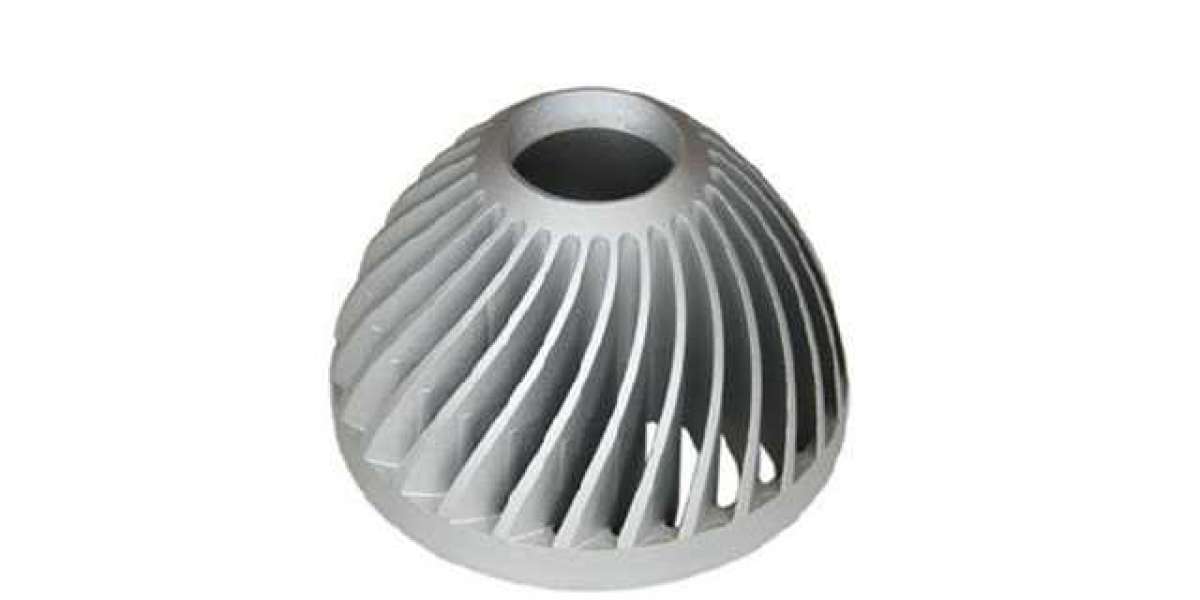Building a deck is an exciting project that can transform your outdoor living space. However, one of the most important aspects of building a deck is ensuring that you have the right amount of materials. Whether you’re a seasoned builder or a DIY enthusiast, using a decking calculator is a smart and efficient way to get the right measurements and avoid the common pitfalls of overbuying or underbuying materials.
In this guide, we will explain how to use a decking calculator to obtain accurate measurements and estimate the materials you’ll need for your deck. We'll walk through the essential steps and also provide tips for ensuring that your decking project goes smoothly.
Why You Should Use a Decking Calculator
A decking calculator is a tool designed to help you calculate the amount of materials required for your deck. It simplifies the process of figuring out how much decking wood, framing materials, and screws you'll need, ensuring that you don’t waste time, money, or resources.
The benefits of using a decking calculator include:
- Accurate Material Estimates: It gives you an accurate estimate of the number of boards, joists, screws, and other materials required.
- Saves Time: By entering the dimensions of your deck, the calculator can instantly provide you with the material quantities, avoiding time-consuming manual calculations.
- Reduces Waste: The calculator considers factors like waste due to cutting, which helps you account for miscalculations and prevents material shortages.
- Cost Estimates: Some calculators even provide a price estimate, helping you stay within your budget.
Step-by-Step Guide on How to Use a Decking Calculator
1. Gather the Required Information
Before you start, make sure you have all the necessary details about your decking project. You’ll need:
- Deck Dimensions: Measure the length and width of the area where you plan to build the deck. If the deck is not a simple rectangular shape, break it into smaller sections and calculate the area for each.
- Decking Board Size: Know the dimensions of the decking boards you plan to use. Most standard boards are 5.5 inches wide, but they may come in different lengths and thicknesses (e.g., 8 feet, 10 feet, or 12 feet long).
- Joist Spacing: The spacing between joists (typically 16 inches or 24 inches apart). This determines how many joists you'll need to support the decking boards.
- Decking Material Type: Be specific about whether you are using wood, composite, or PVC decking as different materials have different coverage areas.
- Waste Factor: Add a waste factor (usually 10% to 15%) to your material estimate to account for cuts, mistakes, or damaged materials.
2. Input Your Measurements into the Decking Calculator
Once you have gathered all the information, you can input it into the decking calculator. Most calculators will ask for:
- Deck Length and Width: Input the total dimensions of your deck. For irregular shapes, input the dimensions of each section individually.
- Deck Board Size: Select the dimensions of the boards you plan to use, including the width and length of the decking material.
- Joist Spacing: Enter the joist spacing. Typically, joists are spaced 16 inches apart, but if your deck design calls for a different spacing, input that value.
- Waste Factor: Add the percentage for waste to ensure your estimate includes extra material for cutting and mistakes.
3. Review the Calculations
After entering all the required details, the decking calculator will provide you with:
- Total Deck Area: This is the total surface area of your deck (length × width).
- Number of Decking Boards Needed: Based on the board size you selected, the calculator will tell you how many decking boards you need to cover the entire area of the deck.
- Number of Joists: The calculator will determine how many joists are required based on your deck’s dimensions and spacing.
- Material Costs: Many calculators also estimate the cost of the materials based on the type of decking you’ve chosen.
- Waste Adjustment: It will adjust the material count to reflect a waste factor, ensuring that you account for cutting, mistakes, and any defects in the material.
4. Double-Check the Results
Before proceeding with your material order, double-check all the numbers to ensure they match your expectations. Review the deck dimensions, material choice, and spacing between joists. If you find any discrepancies, make adjustments and recalculate. If you have any special features like stairs, angled cuts, or railings, make sure these are factored into the total material calculation.
5. Order the Materials
Once you’re confident that the estimate is correct, you can proceed to order the materials from your supplier. Keep in mind that the final cost might vary based on location and the specific materials you choose.
Example of Using a Decking Calculator
Let’s consider a sample project to illustrate how a decking calculator works.
Deck Dimensions:
- Length: 12 feet
- Width: 10 feet
Board Size:
- Each board is 5.5 inches wide and 12 feet long.
Joist Spacing:
- Standard spacing of 16 inches on center.
Waste Factor:
- Add 10% to the material estimate.
Using these inputs, the decking calculator will calculate the following:
- Total Deck Area: 12 feet × 10 feet = 120 square feet.
- Board Coverage: A 12-foot board covers approximately 4.5 square feet (since 5.5 inches wide × 12 feet = 66 inches, or 5.5 feet).
- Number of Boards: 120 square feet ÷ 4.5 square feet per board = 26.67, rounded up to 27 boards.
- Waste Factor: Add 10% to the material total, which makes the final total 30 boards (27 + 3 for waste).
So, the calculator tells you that you need 30 decking boards for your 120-square-foot deck.
Decking Calculator Chart for Quick Reference
| Factor | Input | Calculation |
|---|---|---|
| Deck Length | 12 feet | |
| Deck Width | 10 feet | |
| Board Size | 5.5 inches × 12 feet | |
| Joist Spacing | 16 inches on center | |
| Waste Factor | 10% | |
| Deck Area | Length × Width | 120 square feet |
| Board Coverage | Board Width × Board Length | 4.5 square feet per board |
| Number of Boards | Deck Area ÷ Board Coverage | 27 boards |
| Waste Adjustment | Add 10% | 30 boards (including waste) |
| Total Joists | Based on Deck Size | 6 joists (assuming 16-inch spacing) |
Tips for Accurate Measurements
- Measure Twice, Cut Once: Make sure you accurately measure the dimensions of your deck area to avoid mistakes. If your deck is irregular, break it down into smaller sections and calculate the area for each.
- Consider Deck Design: If your deck has angled cuts, stairs, or other features, make sure to adjust your material calculation accordingly.
- Account for Sizing Variations: If you’re using decking boards with non-standard sizes, make sure the calculator allows for custom inputs.
- Check Local Building Codes: Make sure your deck design and material choice meet local building codes, especially for things like joist spacing and railings.
Conclusion
Using a decking calculator is an essential step in planning and building a deck. By entering your deck dimensions, material choices, and other specifications into the calculator, you can get an accurate estimate of the materials needed for your project. This will save you time, reduce waste, and help you stay within your budget. Whether you're building a simple deck or a more complex structure, a decking calculator ensures that you have the right materials for the job.
By following the steps outlined in this guide, you can confidently plan and execute your deck-building project with accurate measurements and minimal waste.















